HOW THE US DIGITAL MEDIA IS FINDING ITS AUDIENCE
In print, if the story gets printed, it gets an audience. In online, you have to go find that audience. At The New York Times, the report says, the story is done for writers and editors when they hit ‘Publish’. In contrast, at HuffingtonPost, the article begins its life when the author hits ‘Publish’. HuffPo expects all reporters and editors to be fully fluent in social media. A HuffPo story cannot be published unless it has a search headline, a photo, a tweet, and a Facebook post.
The Guardian has a promotion team inside the newsroom. The Atlantic expects reporters to promote their own work and mine traffic numbers to look for best practices, the authors say.They note that many digital media organizations place a team in the newsroom to track the most popular stories in real time. The team helps the desk to draw more traffic. Other sites repackage unexpectedly poor performers and try to find them a new audience. For instance, Reuters has a two-member team to find up to seven hidden gems per day, which they then repackage and re-publish. According to Dan Colarusso, executive editor of Reuters Digital, “All web editors engage on social, and are also tasked with finding related communities and seeding their content.” At Circa, the document notes, each article is divided into atoms of news such as facts, quotes, and statistics.
The Washington Post will look at data in real time to track which stories are drawing readers from Twitter, and then they show those same stories to other people who visit from Twitter.
The NYT team also found that competitors treat platform innovation as a core function. Buzzfeed spent years investing in formats, analytics, optimization, and testing formats. These are Buzzfeed’s secret weapons:
- Publishing formats, viz. lists, quizzes, videos, long-form, short-form, breaking news, photo essays, explainers.
- Stats and Analytics.
- Optimization and testing formats.
- Integations with social platforms.
- Native mobile apps.
- User-friendly design.
The report goes to some length to describe the extraordinary efforts made by ProPublica to publicise its investigative journalism. At ProPublica, an editor meets with search, social and PR specialists to develop a promotional strategy for every story. And reporters are expected to submit five tweets along with each story they file.
Specific strategies are identified for each story ahead of its publication.
1. An expert is identified to focus on ways to boost a story on Search through headlines, links, and other tactics.
2. A Social Editor decides which platforms are best for the story, and then finds influential people to help spread the word.
3. A Marketer reaches through phone calls or emails to other media outlets, as well as organizations that are interested in the topic.
4. The Story Editor ensures journalism is being promoted appropriately.
5. A Data Analyst evaluates the impact of the promotion.
(The series concludes here. Earlier installments in this series can be found at the following links: Part 3, Part 2, Part 1)

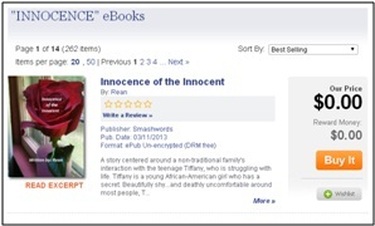

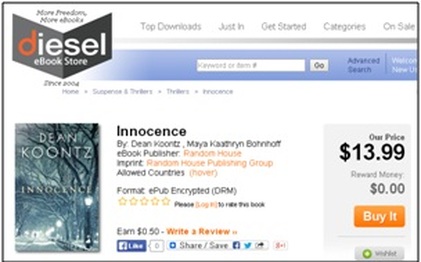
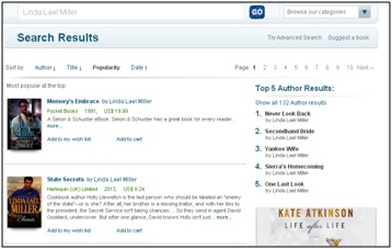


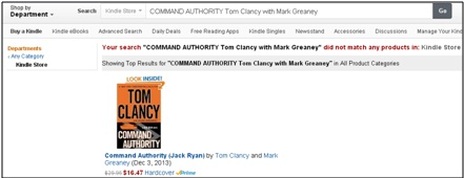
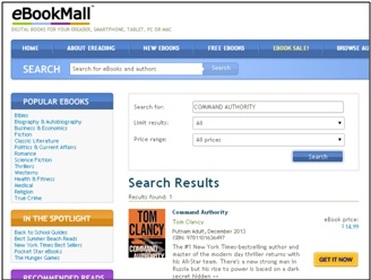
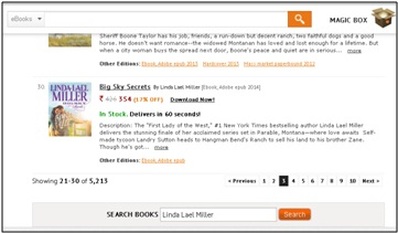
 RSS Feed
RSS Feed
